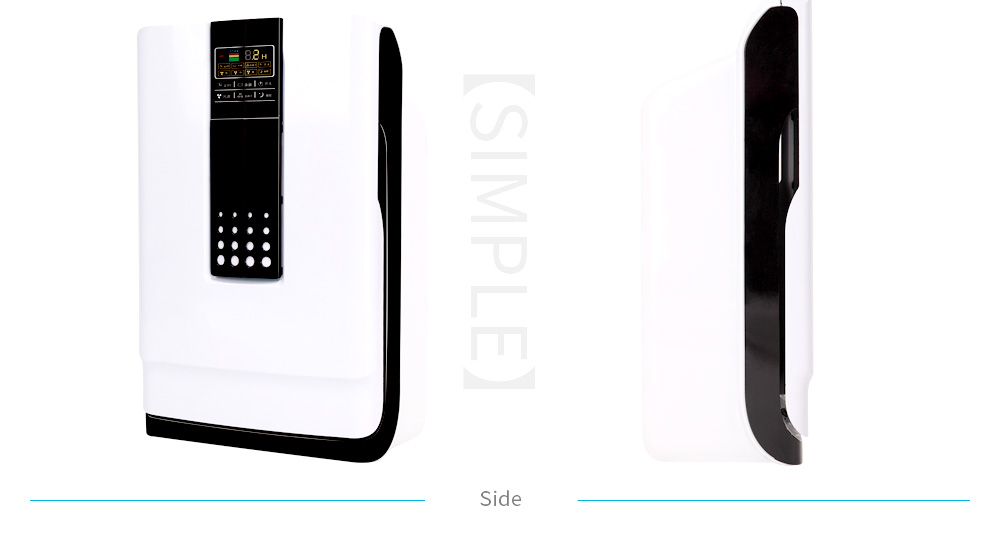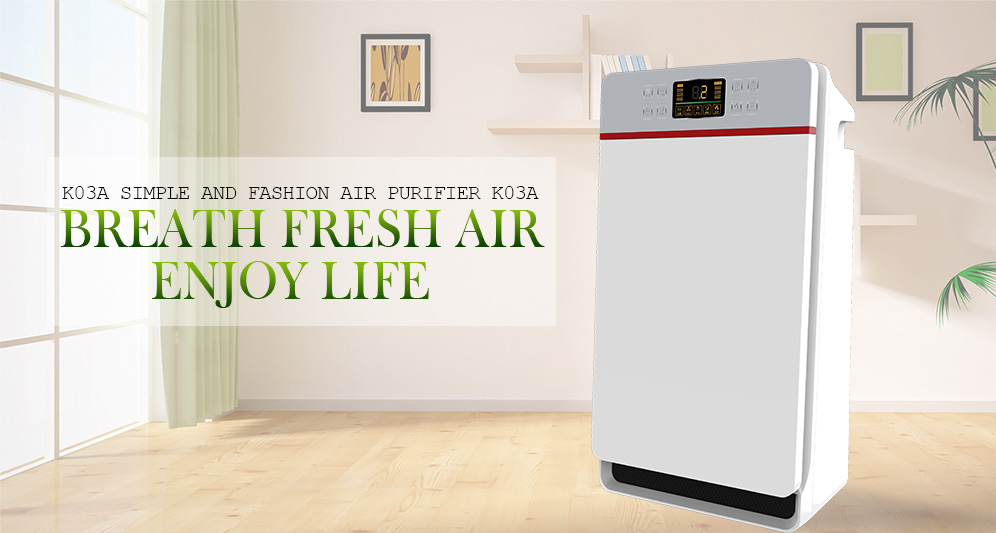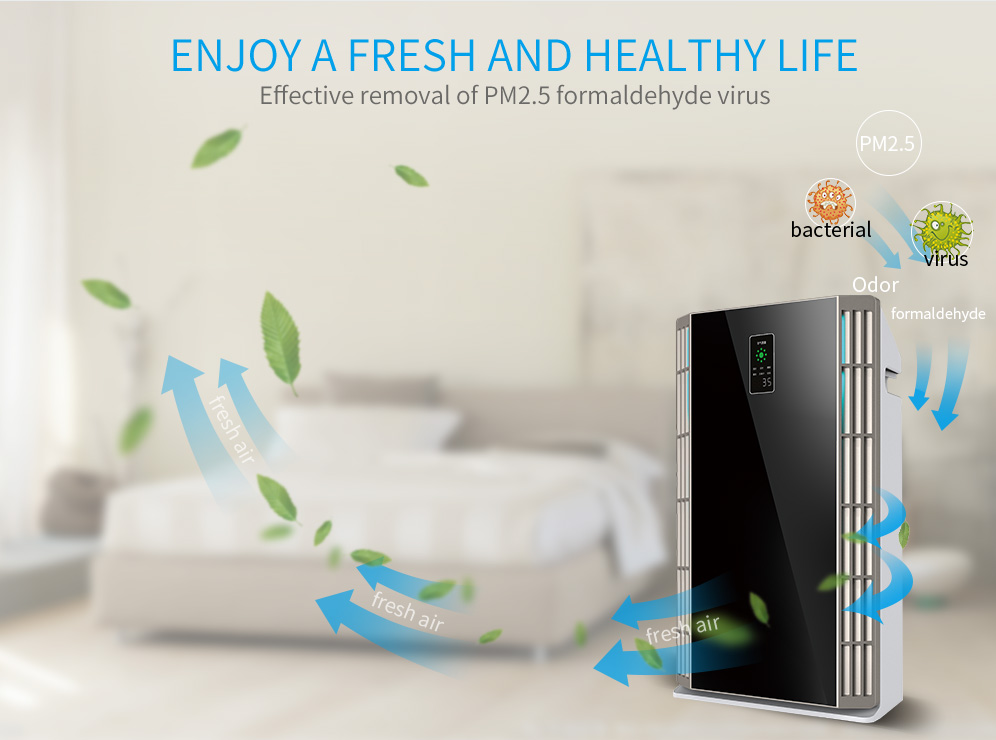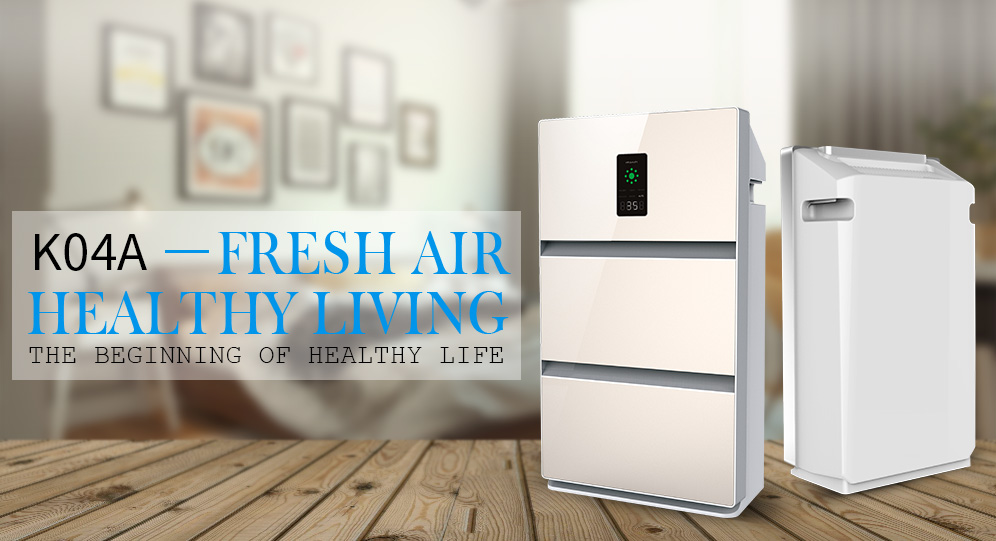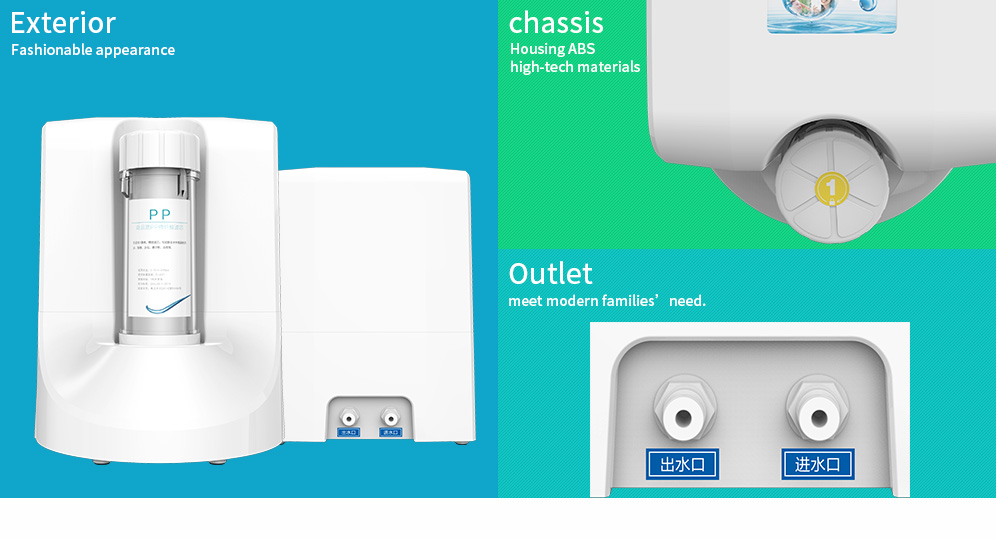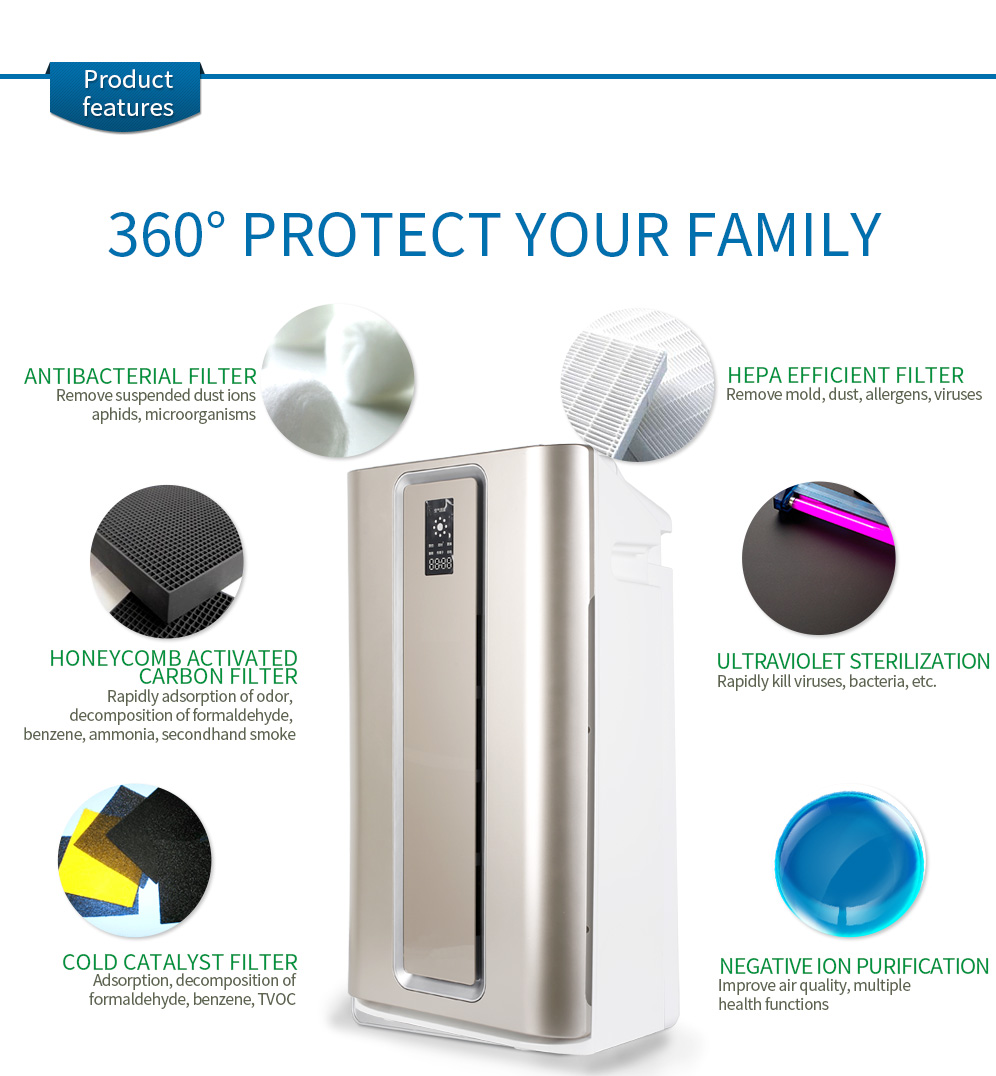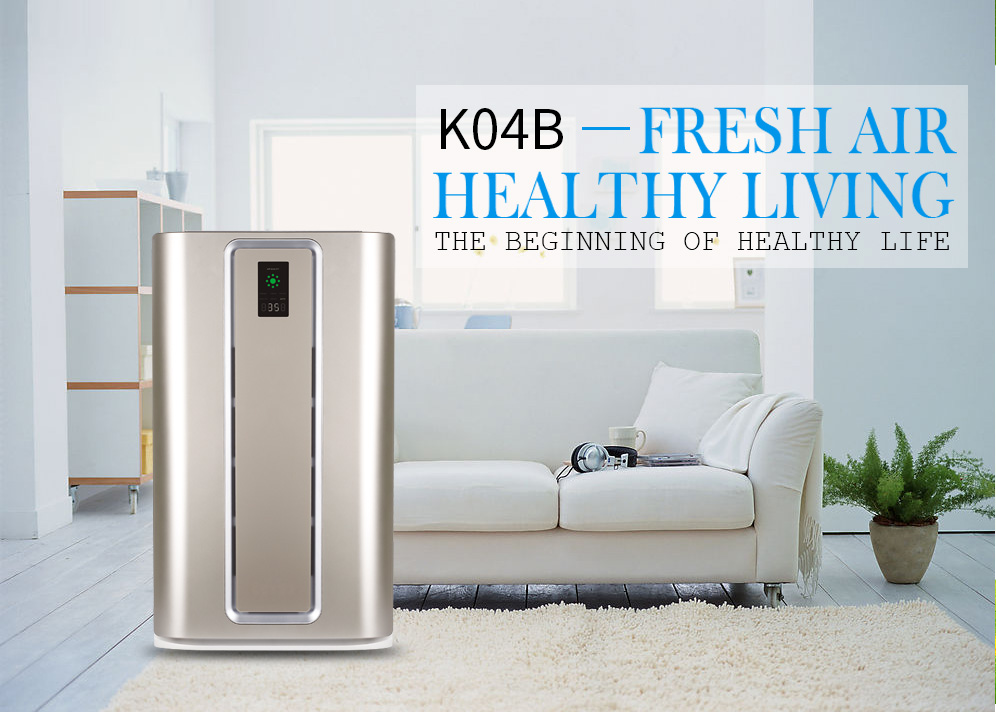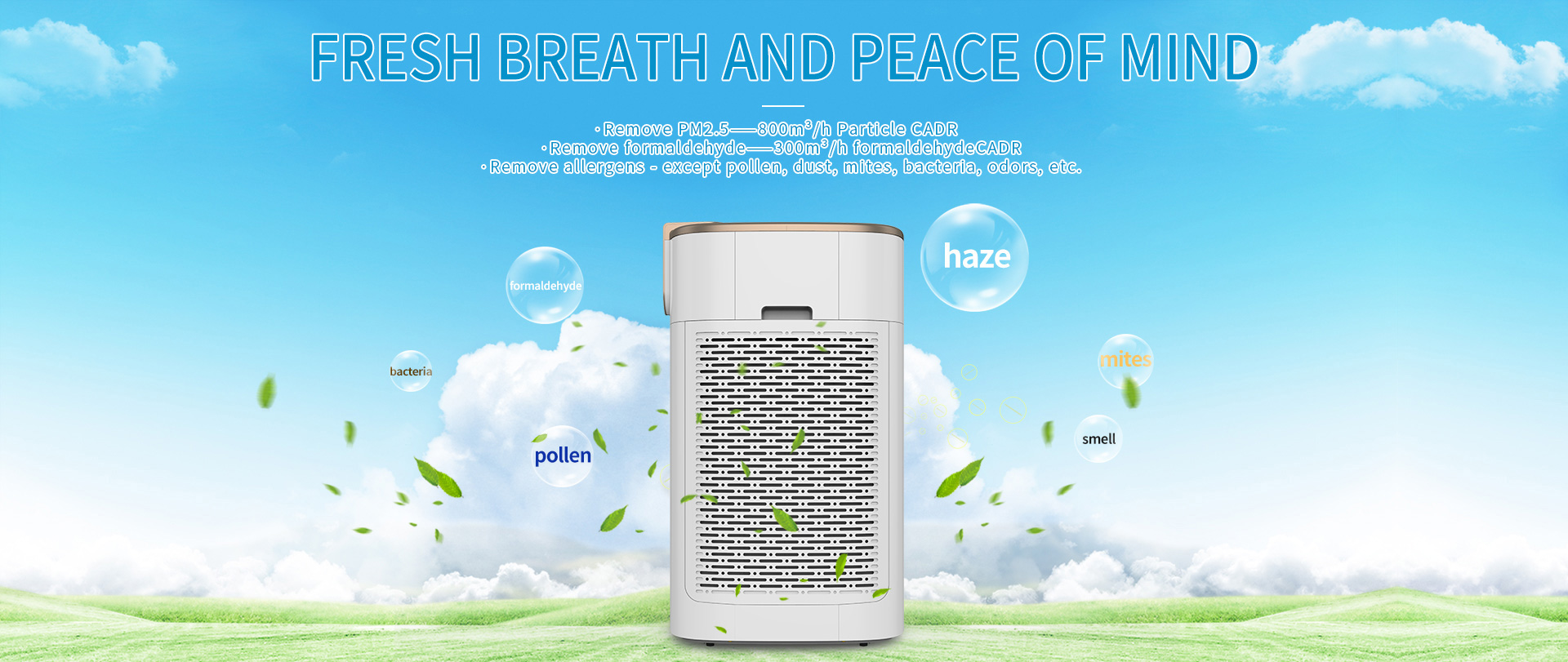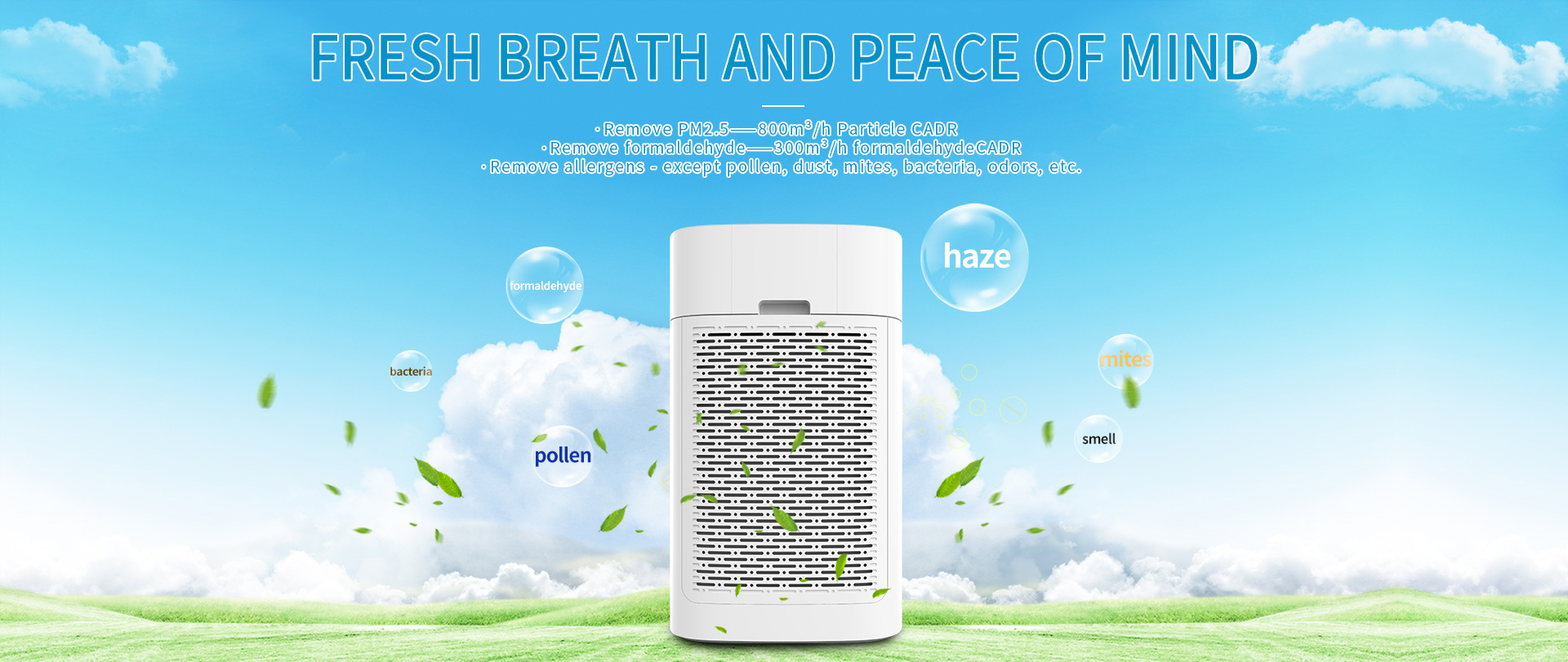How air purifiers work
The air purifier is a new type of electrical appliance. It has a certain ability to remove solid pollutants and gaseous pollutants in indoor air. It has the function of removing harmful gases, smoke, filtering dust, eliminating odor and sterilization, releasing negative ions, etc. Features. home Air purifiers usually consist of a fan, an air filter, a negative ion generator, and the like. Common top 10 air purifiers 2018 on the market usually consist of a high-voltage generating circuit negative ion generator, a micro-fan, an air filter and the like. The working principle of air purifiers should be classified into three categories:
Air purifier working principle classification – passive purification class (filter purification class)
The main principles are:
The fan is used to pump air into the machine, and the air is filtered through the built-in filter to filter dust, odor, toxic gases and kill some bacteria. The filter is divided into dust collection filter, formaldehyde removal filter, deodorization filter, filter and so on. Among them, the filter is relatively high in cost, which can decompose toxic gases and sterilize, especially to suppress secondary pollution. The characteristics of this type of product are that the function of the fan and the quality of the filter determine the purification effect. The placement of the machine and the layout of the interior affect the purification. The indoor purification effect is not balanced, and it is difficult to complete. The filter replacement cost is high.
Air purifier working principle classification – active purification class (no filter type)
According to the active sterilization principle of these products, it can be divided into silver ion technology, negative ion technology, low-temperature plasma technology, photocatalytic technology, and plasma ion group ion technology.
The first generation, silver ion purification technology. Simply put, the silver block is ionized and blown into the air to have the effect of sterilization. The disadvantages are high cost, low bacterial killing rate, and almost no killing property to the virus. Product representative: Early Panasonic air purifier.
The second generation, negative ion technology. The main principle is to use the electrostatic discharge to release negative ions, and to absorb dust in concentrated air to reduce dust. At the same time, negative ions also ionize into oxygen in the air, which has a certain killing effect on bacteria. The advantage of such products is the production cost of the products. Lower.
The third generation, low-temperature plasma technology. The main principle is that by applying a voltage to the discharge voltage of the gas, the gas is broken down, and various strong oxidizing low-temperature plasmas are generated, and the contacted pollutants are decomposed in a very short time. This technology is generally used for industrial waste gas treatment, and secondary pollution occurs after a chemical reaction. If it is applied to a domestic air purifier, it is necessary to do human body safety testing and corresponding secondary pollution treatment technology.
The fourth generation, photocatalyst technology. The photocatalyst is a technique that utilizes semiconductors to emit free radicals with strong oxidizing power under the illumination of light. The advantage of this technology is that the product cost is low. The disadvantage is that the free radical activity causes it to stay in the air for a short period of time, and the killing effect on viruses and bacteria is also limited.
The fifth-generation, the net ion group technology. Sharp 2000 global patent technology. It is a technology that directly ionizes water molecules in the air into H radicals and OH radicals and then wraps water molecules. OH, radicals kill viruses and bacteria more than ozone and stay in the air for longer than ozone. Plasmacluster ion technology allows OH radicals to be wrapped with a layer of water molecules to maintain their presence in the air. At the same time, bacteria and viruses can be used to kill bacteria and viruses more quickly. This technology is currently the internationally recognized medical space purification technology and is currently the only space purification technology capable of killing A(H1N1, H1N5 avian influenza with a SARS kill rate of over 99%.
Contact us for more products and discounted prices
Helen:
+86 13922346046
info@olansiglobal.com
https://www.olansiglobal.com
